Nature has always been the ultimate inventor, crafting creatures with abilities that seem straight out of a superhero comic book. While we marvel at modern animals and their incredible adaptations, the fossil record reveals an even more extraordinary collection of prehistoric beasts that possessed what can only be described as genuine superpowers. These ancient creatures didn’t just survive in their harsh environments—they dominated them with abilities that would make even the most imaginative science fiction writer jealous.
From the depths of primordial oceans to the dense forests of prehistoric continents, these five remarkable animals developed powers that defy our understanding of biological limitations. Their stories have been locked away in stone for millions of years, waiting for paleontologists to uncover their secrets and reveal the incredible truth about what life on Earth was truly capable of achieving.
The Electroreceptive Giant: Helicoprion’s Buzz Saw Mystery
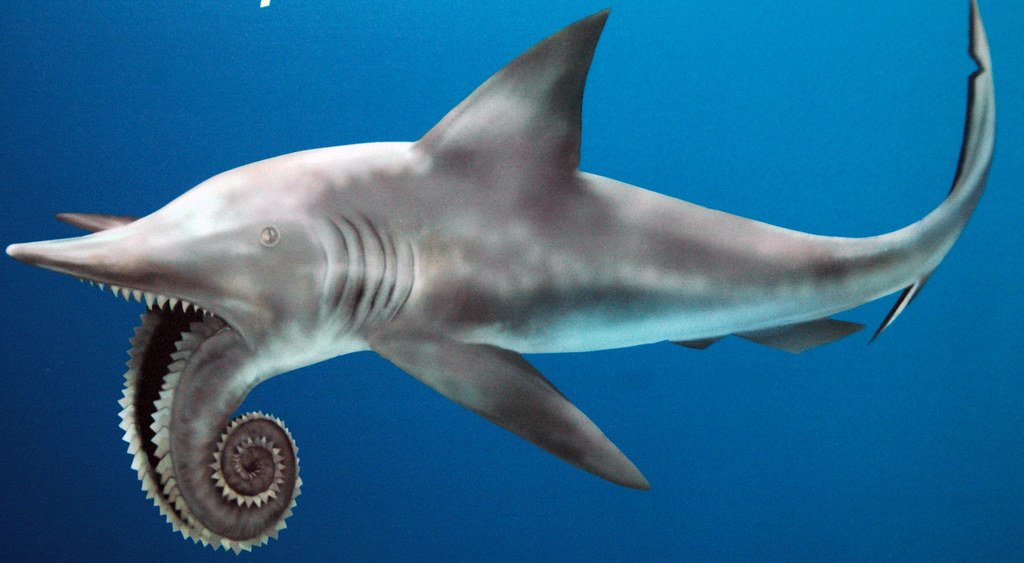
Picture a shark with a circular saw blade protruding from its lower jaw, spinning like a deadly buzzsaw through ancient seas. Helicoprion, the “buzz saw shark,” roamed the oceans around 290 million years ago with one of the most bizarre and terrifying dental arrangements ever discovered. This prehistoric predator possessed a lower jaw that formed a perfect spiral of razor-sharp teeth, creating what scientists call a “tooth whorl” that could slice through prey with devastating efficiency.
But the real superpower of Helicoprion wasn’t just its nightmarish dentition—it was its ability to detect the electrical fields generated by living organisms. Like modern sharks, this ancient giant possessed ampullae of Lorenzini, specialized organs that could sense the tiny electrical impulses created by muscle contractions and nerve activity in other animals. This electroreception was so sensitive that Helicoprion could detect prey hiding in murky water or buried in sediment from considerable distances.
The combination of electrical detection and that terrifying buzz saw jaw made Helicoprion an apex predator unlike anything alive today. Imagine being a fish in those ancient seas, thinking you’re safely hidden, only to have this massive creature home in on your location using your own bioelectricity as a beacon.
The Prehistoric Sonic Boom: Therizinosaurus and Its Infrasonic Communication
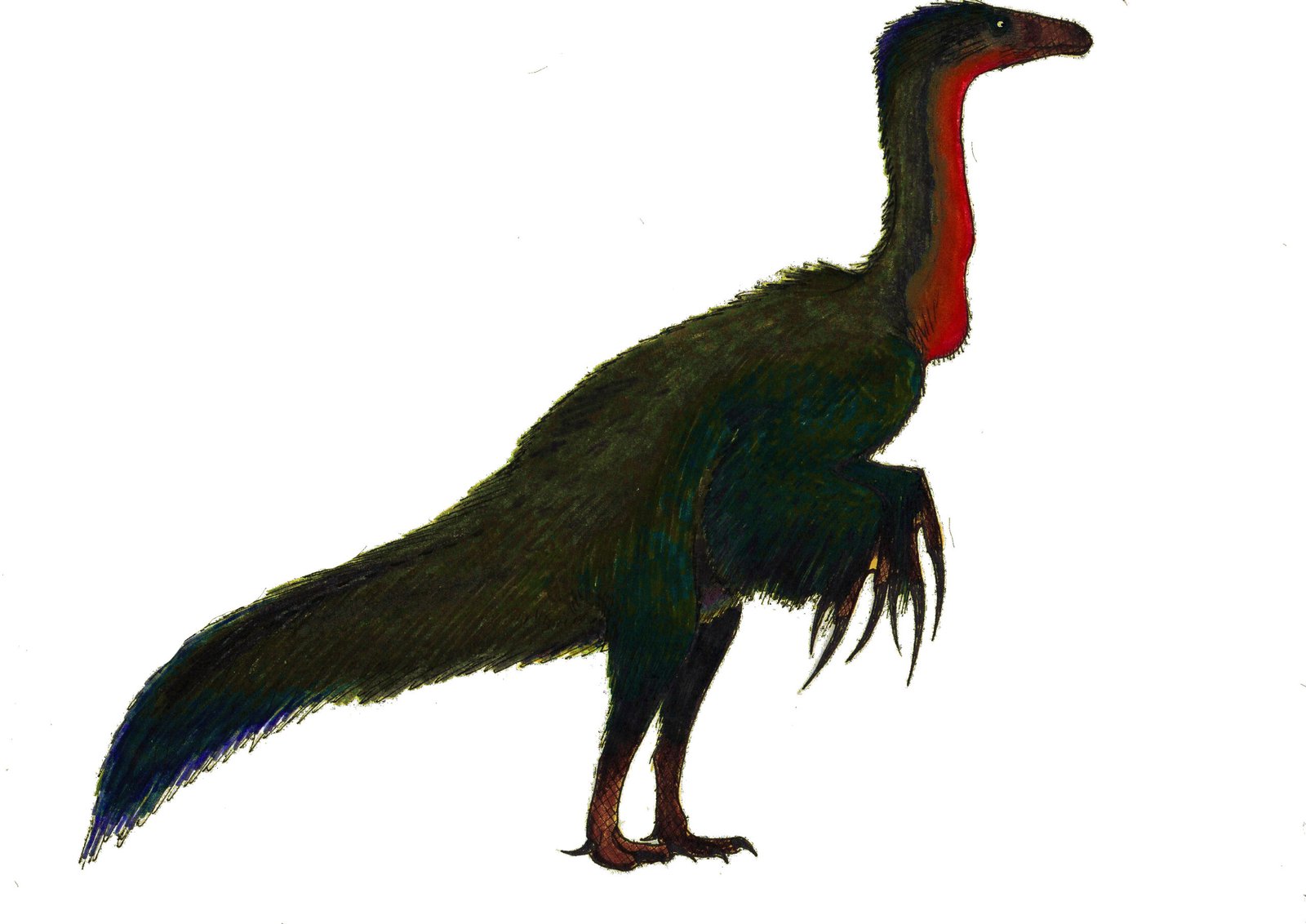
Standing nearly 16 feet tall and weighing as much as an elephant, Therizinosaurus was a gentle giant with claws that could reach over three feet in length. These massive dinosaurs lived during the Late Cretaceous period, roughly 70 million years ago, and despite their fearsome appearance, they were actually herbivores. But their true superpower wasn’t in their size or their claws—it was in their ability to communicate across vast distances using infrasonic calls.
Recent studies of Therizinosaurus fossils have revealed specialized air sacs and modified throat structures that would have allowed these dinosaurs to produce extremely low-frequency sounds, below the range of human hearing. These infrasonic calls could travel for miles through dense forests, allowing herds to coordinate their movements and warn each other of danger even when separated by considerable distances.
The power of infrasonic communication gave Therizinosaurus herds an unprecedented advantage in survival. They could maintain contact across territories spanning dozens of square miles, creating a prehistoric communication network that modern technology would envy. When a predator threatened one group, the warning would ripple through the entire population faster than any danger could spread.
The Living Magnet: Magnetotactic Bacteria’s Ancient Predecessors
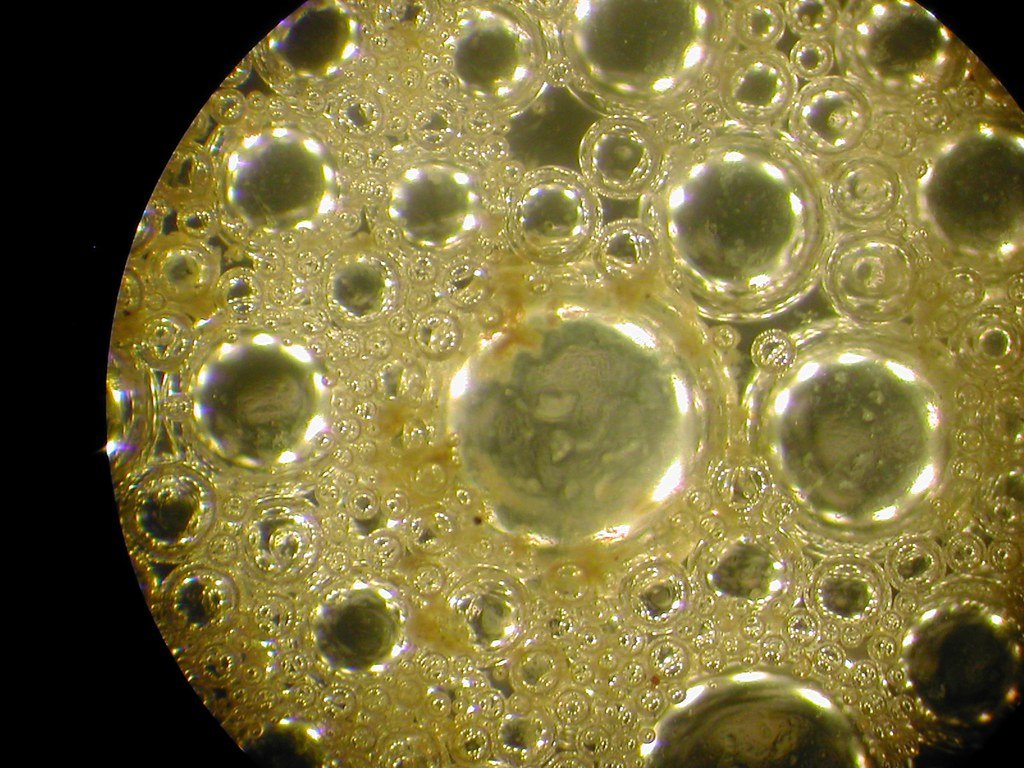
Long before any large animal walked the Earth, microscopic organisms were already developing one of nature’s most sophisticated navigation systems. Dating back over 3.2 billion years, ancient magnetotactic bacteria possessed the remarkable ability to create their own internal compass using magnetite crystals. These tiny organisms could literally feel the Earth’s magnetic field and use it to navigate through their aquatic environments with pinpoint accuracy.
The magnetite crystals, called magnetosomes, were perfectly organized within the bacteria’s cells, creating a biological compass that was more precise than any human-made navigation tool. This superpower allowed these ancient microorganisms to maintain their position in water columns, finding the optimal depth for oxygen levels and nutrient availability. They could navigate through the darkest depths of primordial oceans with the same precision that modern GPS provides.
What makes this superpower even more extraordinary is that these bacteria essentially invented biomagnetism billions of years before any larger organism would develop similar abilities. They were the pioneers of magnetic navigation, creating a biological technology that would eventually influence the evolution of countless other species, from migrating birds to sea turtles.
The Bioluminescent Predator: Anomalocaris and Its Living Light Show
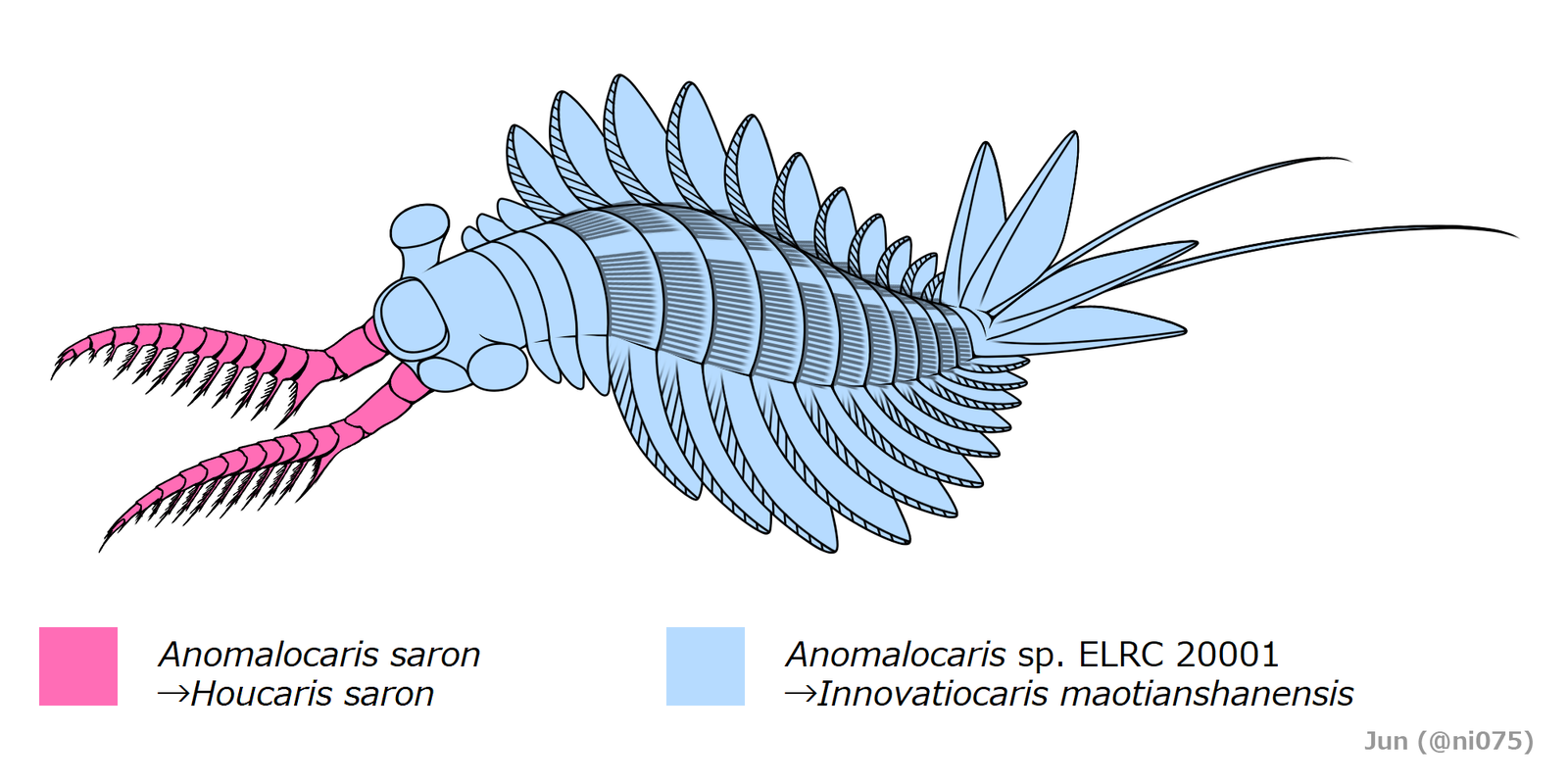
In the alien seas of the Cambrian period, 520 million years ago, ruled a creature that looked like it belonged on another planet entirely. Anomalocaris, reaching lengths of up to six feet, was one of the first apex predators in Earth’s history, and it possessed a superpower that would make it the ultimate ambush hunter: bioluminescence. This ancient arthropod could produce its own light through specialized photophore organs, creating a living light show that served both as a hunting tool and a communication device.
The bioluminescent displays of Anomalocaris were far more sophisticated than simple glowing. Recent fossil evidence suggests these creatures could control the intensity, color, and pattern of their light production, creating complex displays that could confuse prey, attract mates, or coordinate group hunting behaviors. Like a prehistoric disco ball of death, Anomalocaris would flash mesmerizing patterns to disorient smaller creatures before striking with its powerful grasping appendages.
This living light show made Anomalocaris the undisputed master of the Cambrian seas. Its ability to produce light in the eternal darkness of deep water gave it an advantage that few other creatures could match, establishing it as one of the most successful predators of its time.
The Seismic Detector: Parasaurolophus and Its Ground-Shaking Alerts
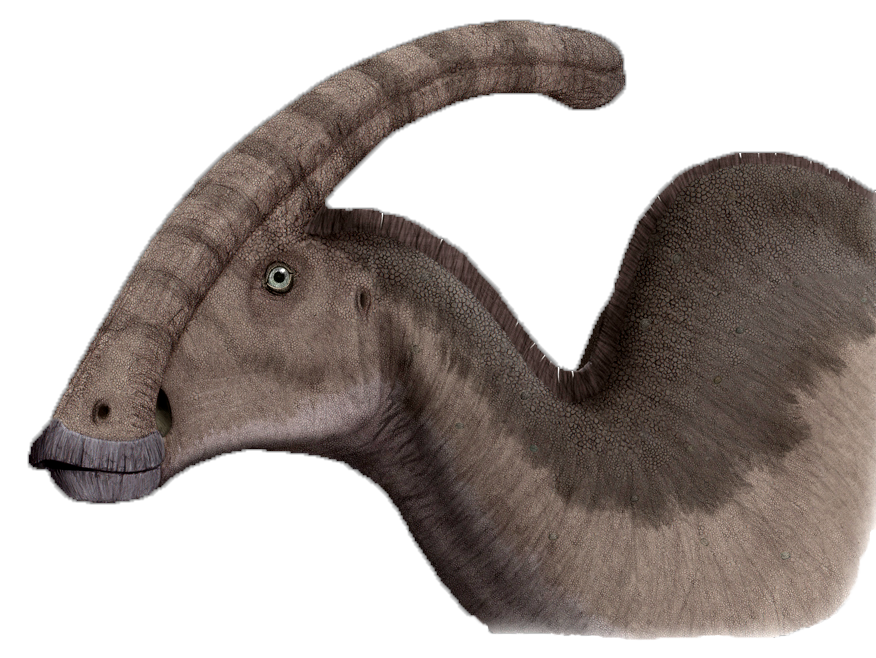
The haunting calls of Parasaurolophus echoed through Cretaceous forests 75 million years ago, but these duck-billed dinosaurs possessed a superpower that went far beyond their musical abilities. Their elaborate head crests weren’t just for show—they were sophisticated seismic detection systems that could sense vibrations traveling through the ground from miles away. This ability to detect earth tremors and the footsteps of approaching predators made Parasaurolophus herds nearly impossible to surprise.
The hollow tubes within their crests worked as both sound amplifiers and vibration detectors, allowing these dinosaurs to pick up seismic waves created by everything from volcanic activity to the approach of massive predators like Tyrannosaurus rex. When their feet touched the ground, specialized receptors could distinguish between different types of vibrations, creating a detailed picture of their surroundings based entirely on ground-transmitted information.
This seismic superpower transformed Parasaurolophus from potential prey into a nearly unstoppable early warning system. Their ability to detect danger from vast distances meant that entire herds could escape predators before the threat even came into view, giving them a survival advantage that lasted for millions of years.
The Crystalline Vision: Opabinia’s Compound Eye Evolution
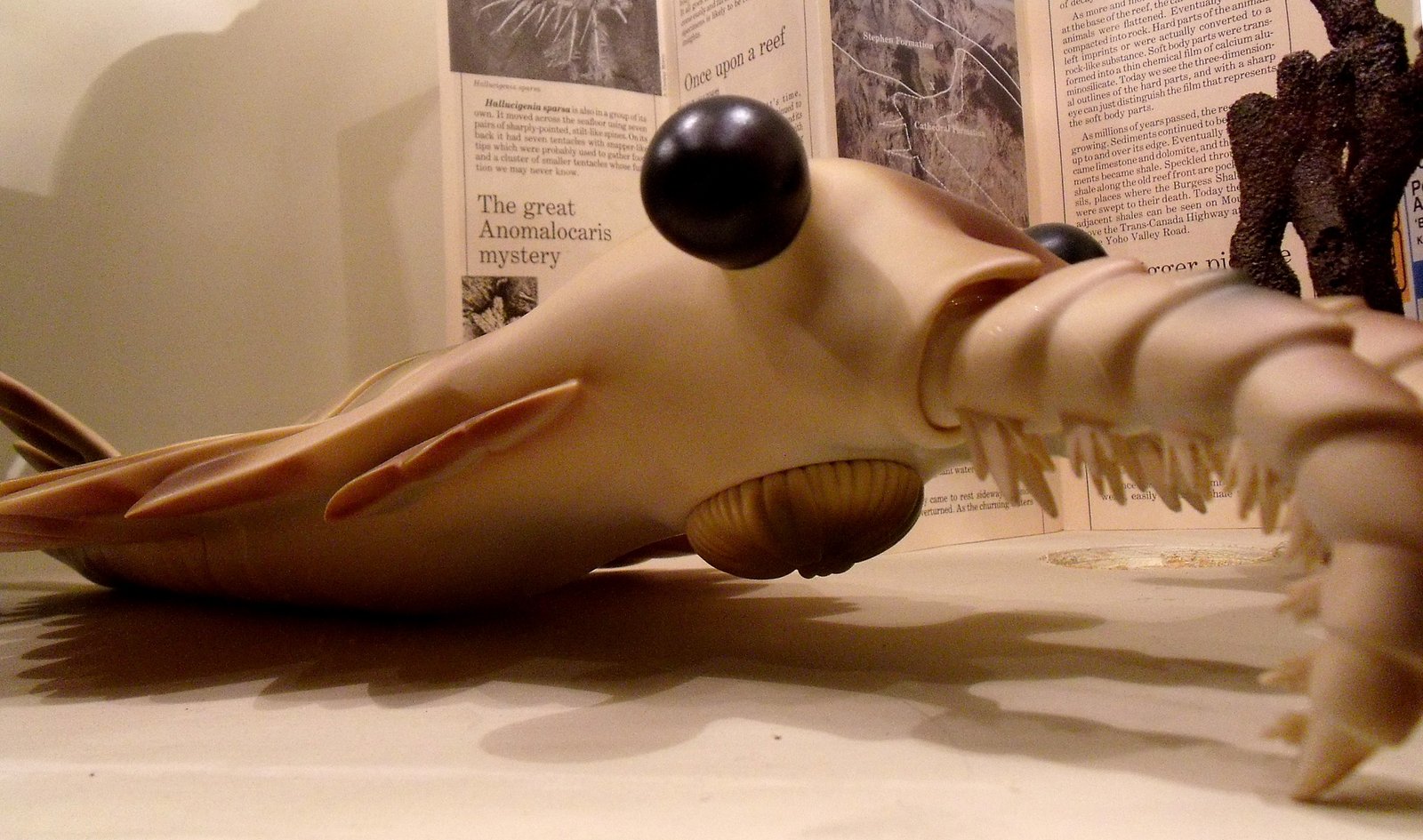
In the strange world of the Cambrian explosion, few creatures were as bizarre as Opabinia, a five-eyed predator that looked like nature’s first attempt at creating an alien. Living 505 million years ago, this unusual arthropod possessed perhaps the most advanced visual system of its time, with compound eyes that could detect light spectrums invisible to most other life forms. Its superpower lay in its ability to see ultraviolet and polarized light, giving it a view of the world that was completely alien to other creatures.
The five eyes of Opabinia weren’t just for show—they provided a 360-degree field of vision that made it nearly impossible for prey to hide or predators to approach undetected. Each eye contained hundreds of individual lenses, creating a mosaic view of its environment that could detect the slightest movement or change in light patterns. This visual superpower made Opabinia one of the most successful hunters in the Cambrian seas.
The polarized light detection ability allowed Opabinia to see through water distortion and detect transparent prey that would be invisible to other predators. Like wearing special sunglasses that revealed hidden worlds, this visual superpower gave Opabinia access to food sources that other creatures couldn’t even see.
The Pressure-Resistant Survivor: Dunkleosteus and Its Deep-Sea Dominance
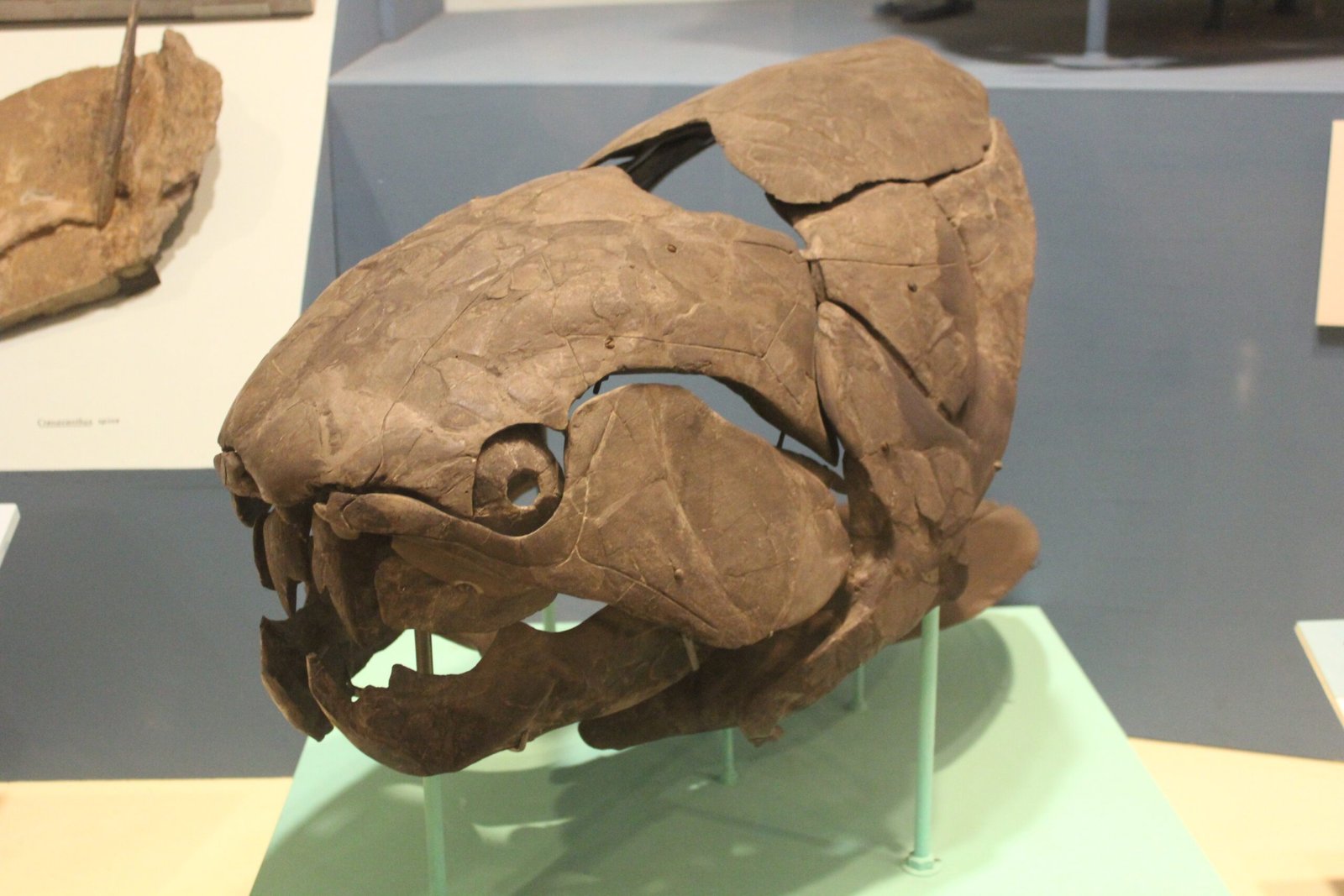
Before sharks ruled the oceans, there was Dunkleosteus, a heavily armored fish that grew to lengths of 30 feet and possessed one of the most powerful bites in prehistoric history. Living 360 million years ago during the Devonian period, this apex predator had a superpower that allowed it to hunt in the deepest, most inhospitable parts of ancient oceans: extreme pressure resistance. Its body was designed to withstand crushing depths that would instantly kill most other marine life.
The secret to Dunkleosteus’s pressure resistance lay in its unique bone structure and specialized organs that could equalize internal pressure with the surrounding water. This biological adaptation allowed it to dive to depths where prey had no other predators to fear, essentially giving Dunkleosteus exclusive access to entire ecosystems. Like a prehistoric submarine, it could patrol the deepest trenches and emerge from the abyss to strike unsuspecting prey near the surface.
This pressure-resistant superpower made Dunkleosteus the ultimate ambush predator. It could hide in the crushing depths where no other large predator could survive, then rocket upward to attack prey with the force of a living torpedo launched from the deep.
The Thermal Regulator: Leedsichthys and Its Temperature Control
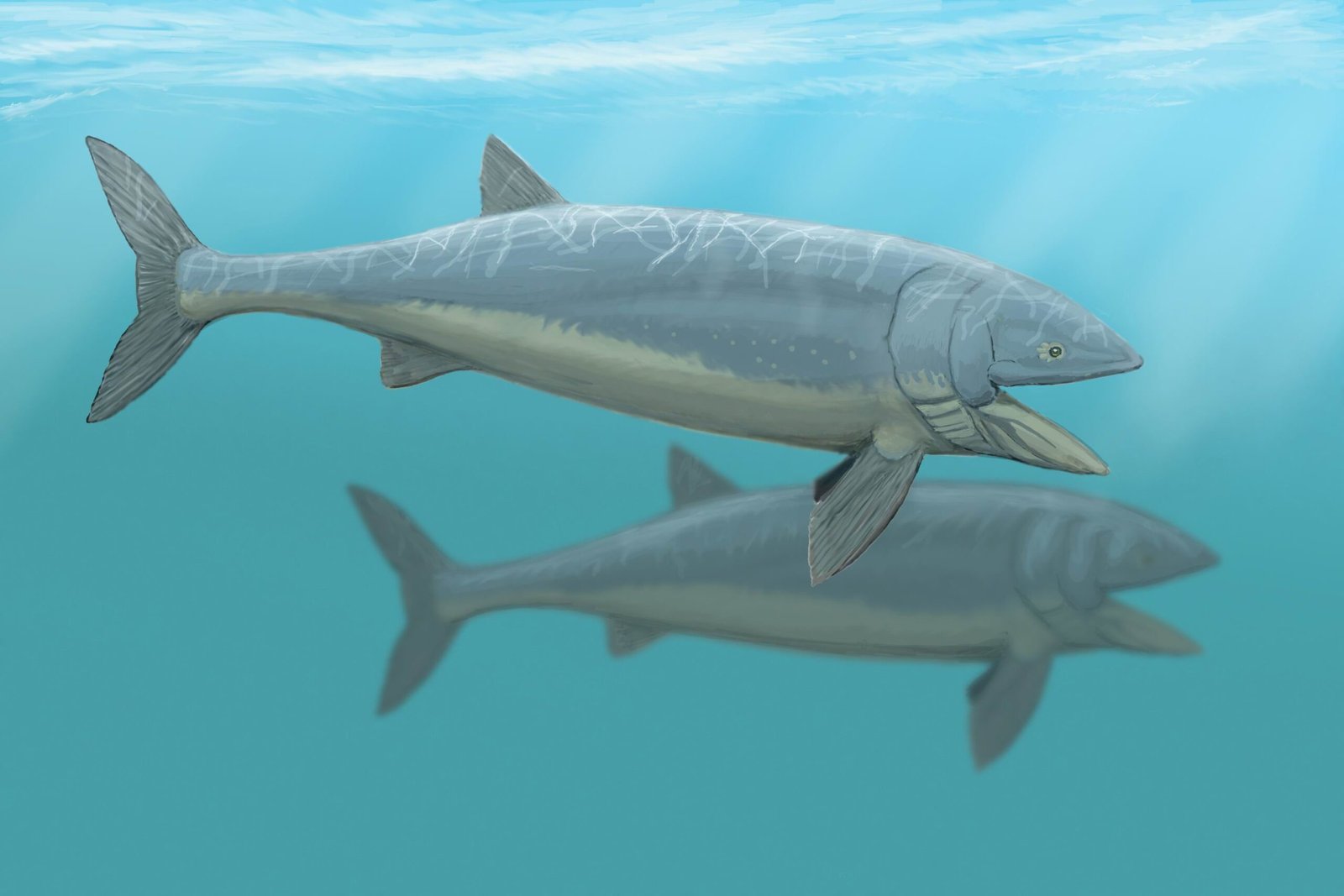
Swimming through Jurassic seas 165 million years ago was Leedsichthys, a gentle giant that may have been the largest bony fish that ever lived, reaching lengths of up to 50 feet. Despite its massive size, this prehistoric fish possessed a superpower that allowed it to thrive in a wide range of ocean temperatures: advanced thermoregulation. Unlike modern fish that are limited by water temperature, Leedsichthys could maintain its body temperature independent of its environment, giving it access to feeding grounds that other marine life couldn’t tolerate.
The thermoregulation system of Leedsichthys worked through a combination of specialized blood vessels and metabolic processes that could generate and retain heat even in frigid waters. This biological heating system allowed the massive fish to migrate between tropical and polar regions, following food sources across temperature barriers that would stop other marine creatures. Like a living icebreaker, Leedsichthys could venture into arctic waters to feast on plankton blooms that had no other large predators.
This temperature control superpower made Leedsichthys one of the most successful filter feeders in prehistoric oceans. Its ability to access both warm and cold water feeding grounds meant it could survive climate changes that wiped out other marine giants, explaining why it thrived for millions of years.
The Sonic Stunner: Cameroceras and Its Acoustic Weapons

In the depths of Ordovician seas, 450 million years ago, lurked Cameroceras, a straight-shelled nautiloid that could grow to lengths of 30 feet. This prehistoric cephalopod possessed one of the most devastating superpowers in the ancient ocean: the ability to produce focused acoustic bursts that could stun or kill prey from a distance. Like a biological sonic cannon, Cameroceras could generate sound waves powerful enough to disorient fish and other marine life, making them easy targets for its grasping tentacles.
The acoustic weapon system of Cameroceras worked through specialized chambers within its shell that could amplify and focus sound waves with deadly precision. These biological sound cannons could produce frequencies that would interfere with the nervous systems of prey animals, causing temporary paralysis or complete disorientation. The effect was similar to what modern dolphins do to stun fish, but amplified to lethal levels.
This sonic superpower made Cameroceras the ultimate ambush predator of its time. It could remain motionless in the water, then unleash a devastating acoustic attack that would disable everything within its range, creating a buffet of stunned prey that required no chase or struggle to capture.
The Electrical Generator: Gymnarchus and Its Prehistoric Lightning
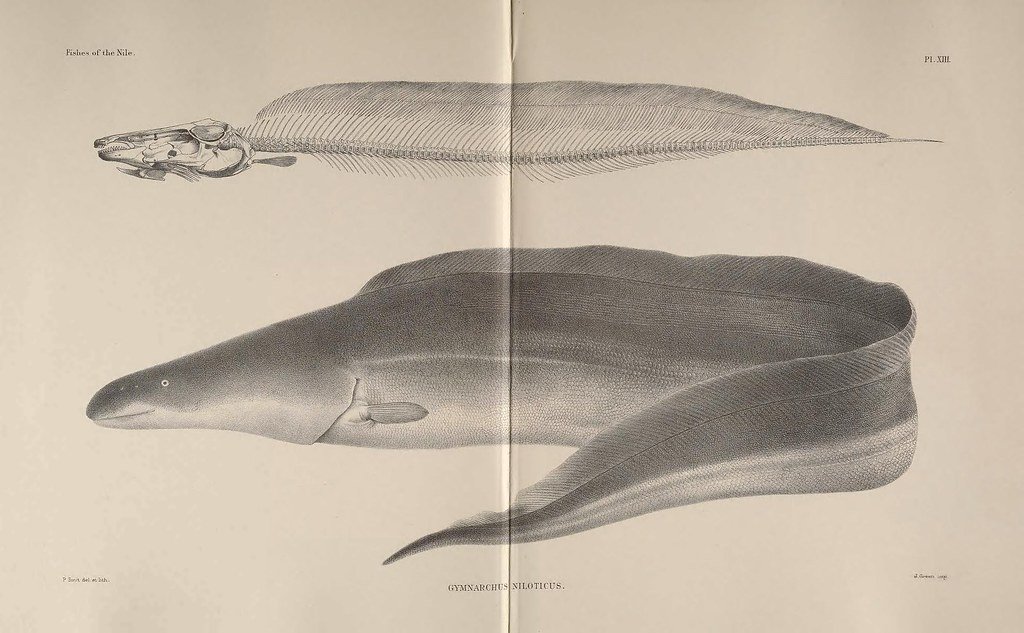
Long before electric eels evolved their famous shock abilities, ancient fish like Gymnarchus were already experimenting with bioelectricity 100 million years ago. This prehistoric relative of modern electric fish possessed the remarkable ability to generate electrical fields powerful enough to stun prey and defend against predators. Its superpower lay in specialized electric organs that could produce controlled electrical discharges, making it a living lightning bolt in ancient rivers and lakes.
The electrical generation system of Gymnarchus was far more sophisticated than that of modern electric fish. It could produce both high-voltage discharges for hunting and low-voltage fields for navigation and communication. This dual-purpose electrical system made it incredibly versatile, allowing it to hunt in murky water where vision was useless and navigate through complex underwater environments with electrical precision.
The bioelectrical superpower of Gymnarchus gave it complete dominance over its freshwater habitats. No other creature could approach it without being detected by its electrical field, and few could survive a direct electrical attack, making it the undisputed apex predator of prehistoric waterways.
The Quantum Navigator: Pteranodon’s Magnetic Field Detection
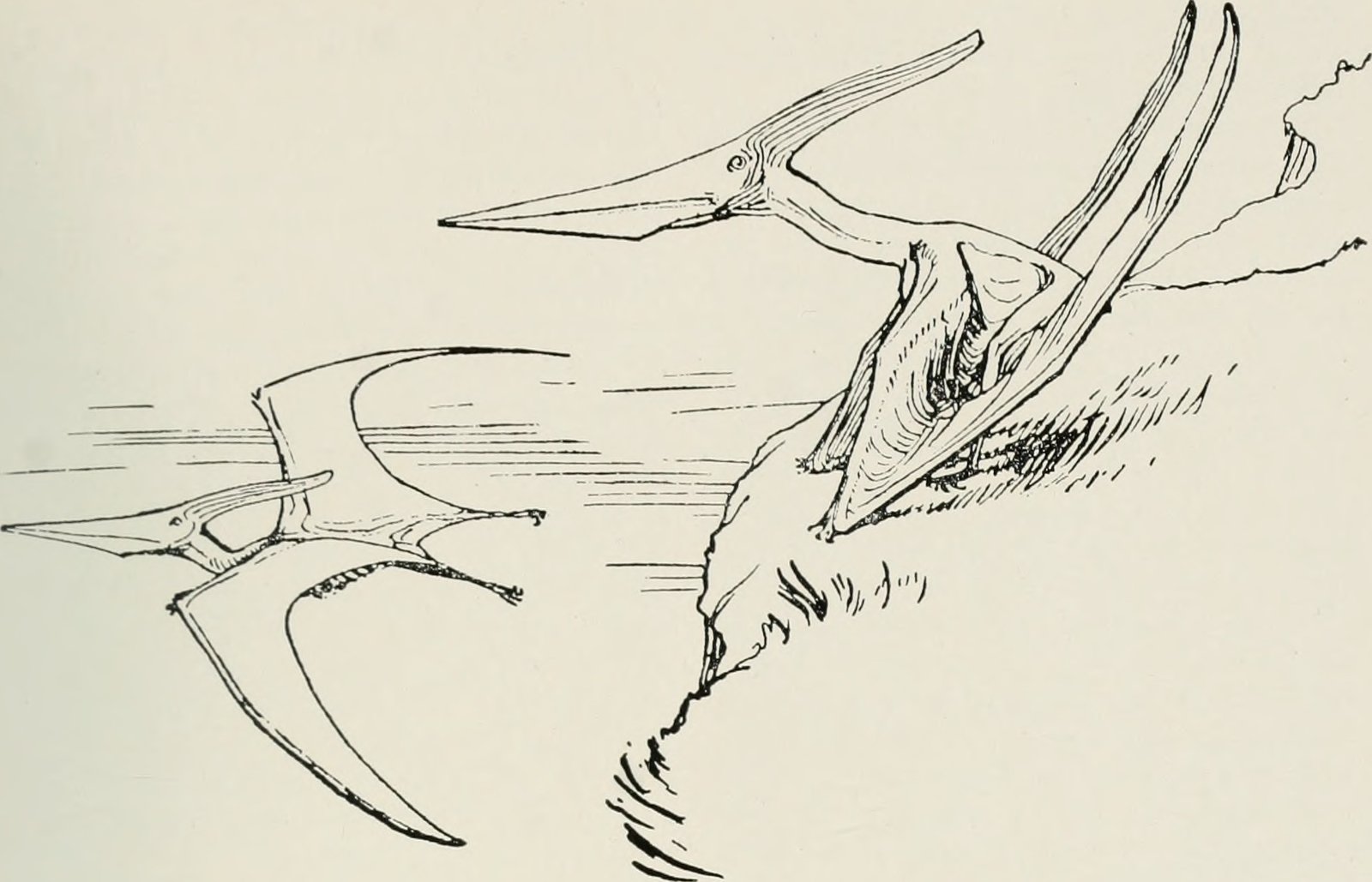
Soaring through Cretaceous skies 85 million years ago, Pteranodon possessed one of the most sophisticated navigation systems ever evolved: quantum-based magnetic field detection. This massive pterosaur, with wings spanning up to 30 feet, could detect minute changes in the Earth’s magnetic field using quantum entanglement processes in specialized cells within its beak. This superpower allowed it to navigate across vast ocean distances with pinpoint accuracy, making it one of the most successful long-distance flyers in prehistoric history.
The quantum navigation system worked through cryptochrome proteins in Pteranodon’s eyes and beak that could literally see magnetic fields as patterns of light and shadow. This biological compass was so precise that it could detect magnetic anomalies caused by underwater mountain ranges, mineral deposits, and even weather patterns. Like having a built-in GPS system millions of years before satellites existed, this superpower made Pteranodon capable of intercontinental migrations.
This quantum superpower revolutionized prehistoric aviation. Pteranodon could navigate across featureless oceans with the same precision that modern aircraft use radar, allowing it to exploit food sources and nesting sites across multiple continents during its remarkable evolutionary run.
The Metamorphic Transformer: Hallucigenia’s Shape-Shifting Abilities
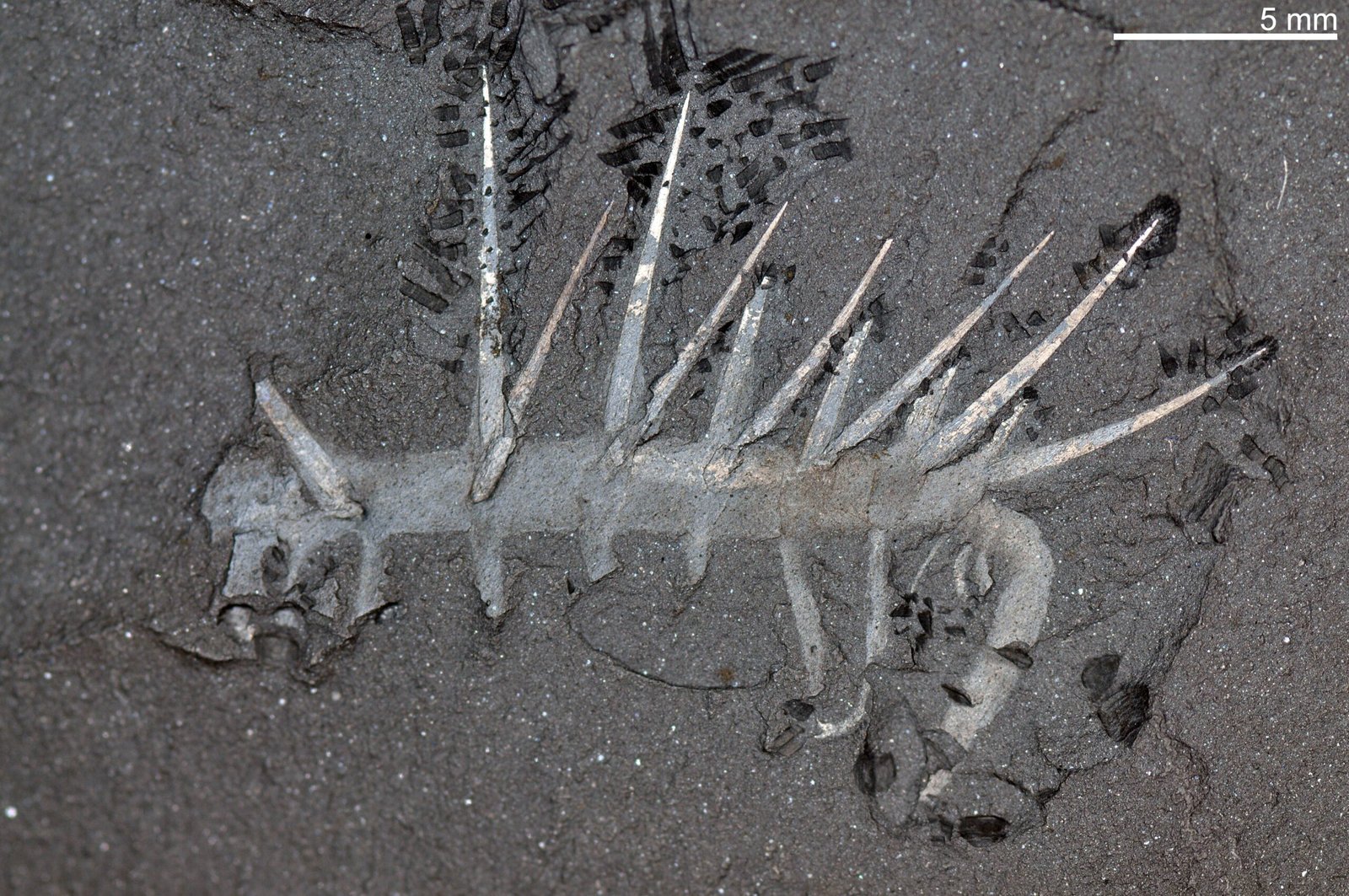
In the alien landscape of the Cambrian seas lived Hallucigenia, a creature so bizarre that scientists initially couldn’t determine which end was its head. This peculiar animal possessed what may have been the ultimate superpower: the ability to dramatically alter its body shape and structure in response to environmental threats. Like a biological transformer, Hallucigenia could shift between different body configurations, making it nearly impossible for predators to develop effective hunting strategies.
The shape-shifting ability of Hallucigenia was controlled by a unique muscular system that could rapidly reorganize its body segments and defensive spines. When threatened, it could compress into a spiky ball, extend into a long, flexible tube, or even split into multiple segments that could move independently. This biological flexibility made it one of the most adaptable creatures in Cambrian ecosystems.
This metamorphic superpower gave Hallucigenia an almost supernatural ability to survive in a world full of experimental predators. When other creatures were locked into fixed body plans, Hallucigenia could literally reshape itself to meet any challenge, explaining why it thrived during one of the most competitive periods in Earth’s history.
The Temporal Perceiver: Carnotaurus and Its Time-Slowing Vision
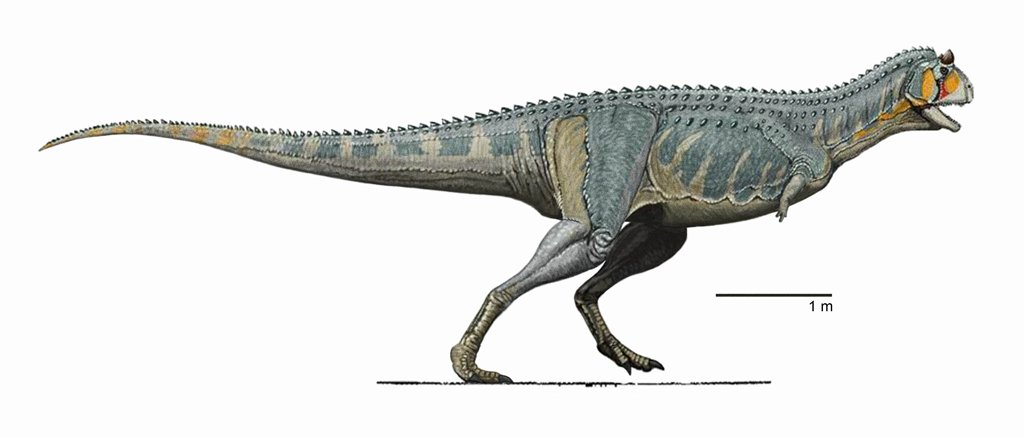
Racing through Late Cretaceous landscapes 70 million years ago, Carnotaurus possessed forward-facing eyes that gave it a superpower that would make any action hero jealous: the ability to perceive time at dramatically different rates. This horned predator could slow down its perception of time during hunts, allowing it to track and capture prey moving at incredible speeds. Like having a built-in slow-motion camera, this temporal perception made Carnotaurus one of the most effective pursuit predators ever evolved.
The time-slowing vision worked through an incredibly fast visual processing system that could analyze hundreds of images per second, creating a slow-motion effect that allowed Carnotaurus to predict the movements of fleeing prey. This biological bullet-time gave it reaction speeds that were impossible for other predators to match, making it capable of catching even the fastest herbivorous dinosaurs.
This temporal superpower transformed Carnotaurus from a simple predator into a time-manipulating hunter. While its prey experienced normal time, Carnotaurus could essentially slow down the world around it, giving it all the time it needed to plan the perfect attack and execute it with devastating precision.
The Gravitational Sensor: Ammonites and Their Pressure Wave Detection

For over 300 million years, ammonites ruled the ancient seas with a superpower that allowed them to detect changes in gravitational fields and pressure waves from vast distances. These spiral-shelled cephalopods possessed specialized organs that could sense minute variations in water pressure caused by tidal forces, underwater earthquakes, and even the gravitational pull of the moon. This gravitational sensing ability made them living seismographs that could predict environmental changes hours or even days before they occurred.
The gravitational detection system worked through modified statocysts – organs typically used for balance – that had evolved to detect incredibly subtle pressure changes. These biological sensors were so sensitive that ammonites could feel the approach of storm systems, volcanic eruptions, and other environmental disasters long before any visual or auditory cues appeared. This early warning system allowed them to migrate to safety while other marine life was caught unprepared.
This gravitational superpower made ammonites the ultimate survivors of prehistoric oceans. They could sense and avoid catastrophic events that wiped out other marine life, explaining why they survived multiple mass extinction events and remained successful for hundreds of millions of years.
The Molecular Detector: Megalodon’s Chemical Telepathy
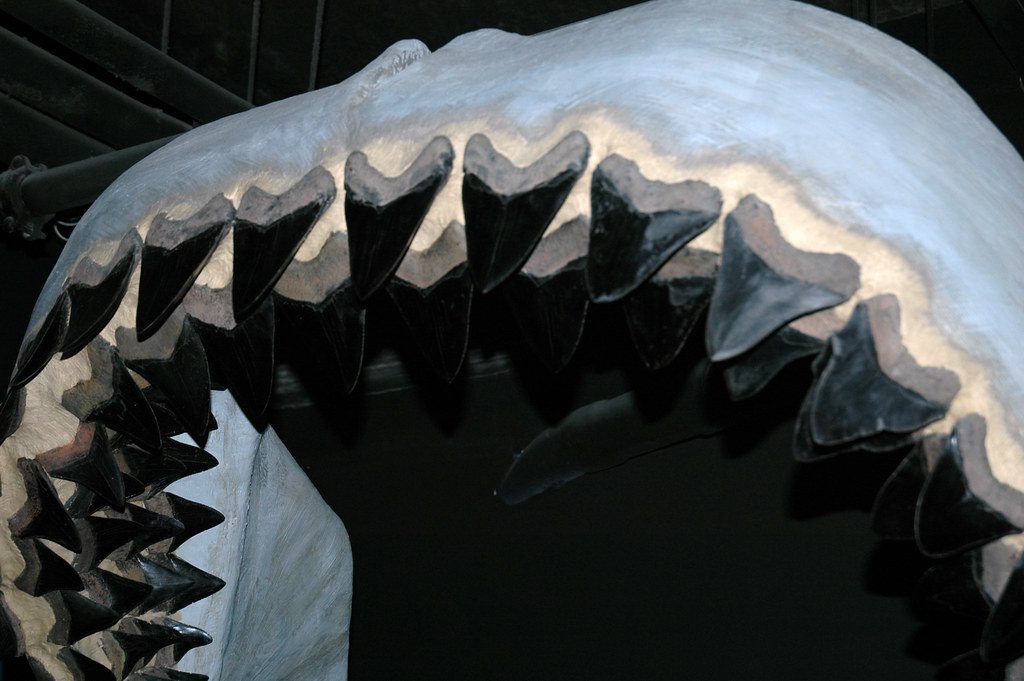
The legendary Megalodon, ruler of ancient oceans until 3.6 million years ago, possessed a superpower that made it the ultimate oceanic predator: molecular-level chemical detection. This massive shark could detect individual molecules of blood, fear pheromones, and other biological compounds from distances of over 100 miles. Like having a chemical radar system, this molecular detection ability allowed Megalodon to track prey across entire ocean basins with supernatural precision.
The chemical detection system of Megalodon worked through millions of specialized receptor cells that could identify and analyze specific molecular signatures dissolved in seawater. This biological chemistry lab could distinguish between different species, emotional states, and even individual animals based on their unique chemical fingerprints. The sensitivity was so extreme that Megalodon could detect a single drop of blood in an Olympic-sized swimming pool.
This molecular superpower made Megalodon the most feared predator in prehistoric oceans. Nothing could hide from its chemical senses, and no prey could escape once it had locked onto their molecular signature, making it the ultimate apex predator until its mysterious extinction.
The Living Time Capsule: Tardigrades and Their Immortality Powers
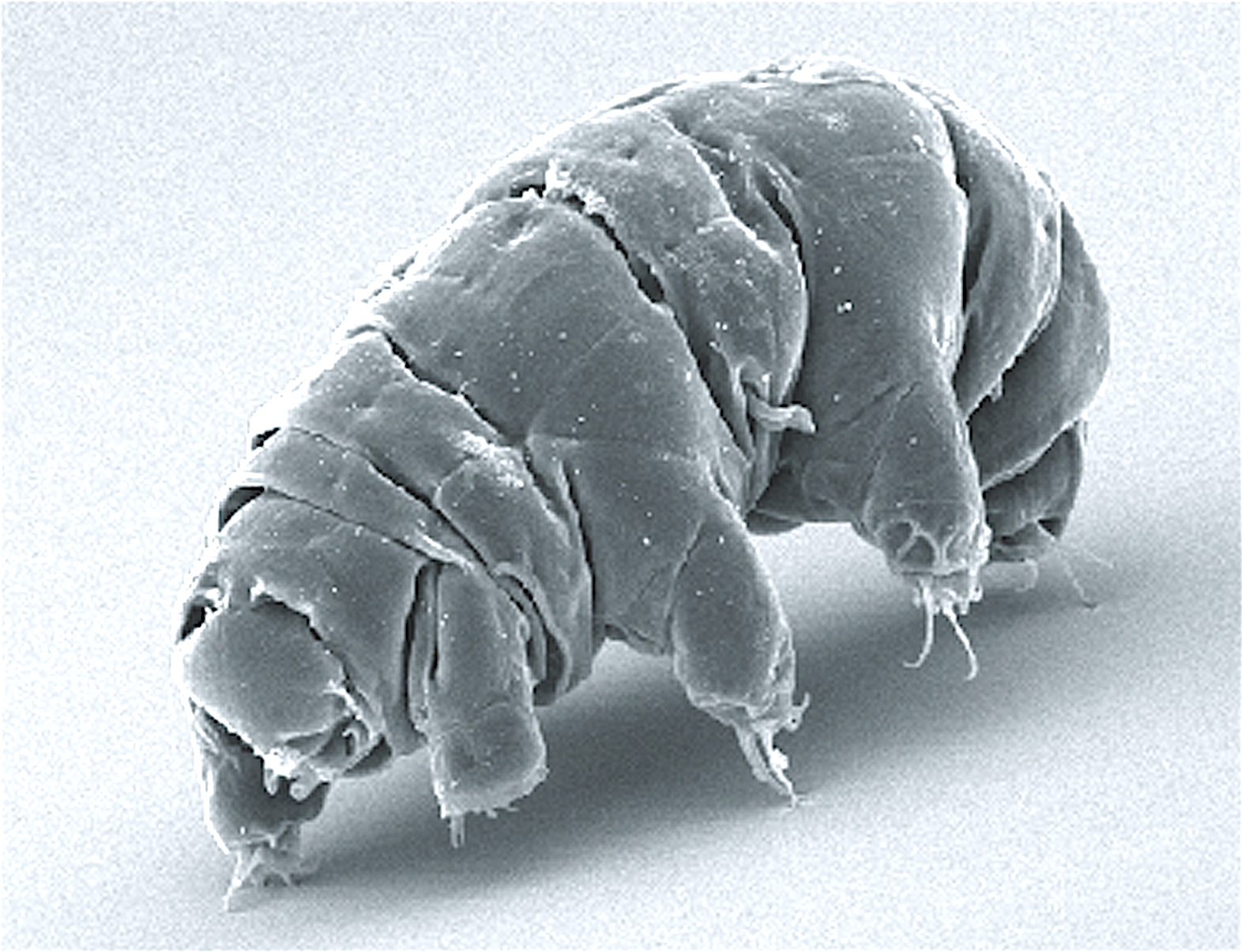
While not technically ancient in the traditional sense, tardigrades have remained virtually unchanged for over 500 million years, making them living fossils with perhaps the most impressive superpower of all: practical immortality. These microscopic “water bears” can survive conditions that would instantly kill any other known life form, including the vacuum of space, extreme radiation, and complete dehydration for decades. Their superpower lies in their ability to essentially stop time for themselves, entering a state called cryptobiosis where all biological processes cease.
During cryptobiosis, tardigrades can survive temperatures near absolute zero, pressures six times greater than those in the deepest ocean trenches, and radiation levels that would be lethal to any other organism. They achieve this by replacing most of their cellular water with a glass-like substance that preserves their cellular structure indefinitely. When conditions improve, they simply rehydrate and return to normal life as if nothing happened.
This immortality superpower has made tardigrades the ultimate survivors on Earth. They’ve lived through every mass extinction event, survived the formation of the atmosphere, and could potentially outlive humanity itself, making them the closest thing to truly indestructible life that our planet has ever produced.
Conclusion: The Legacy of Prehistoric Superpowers
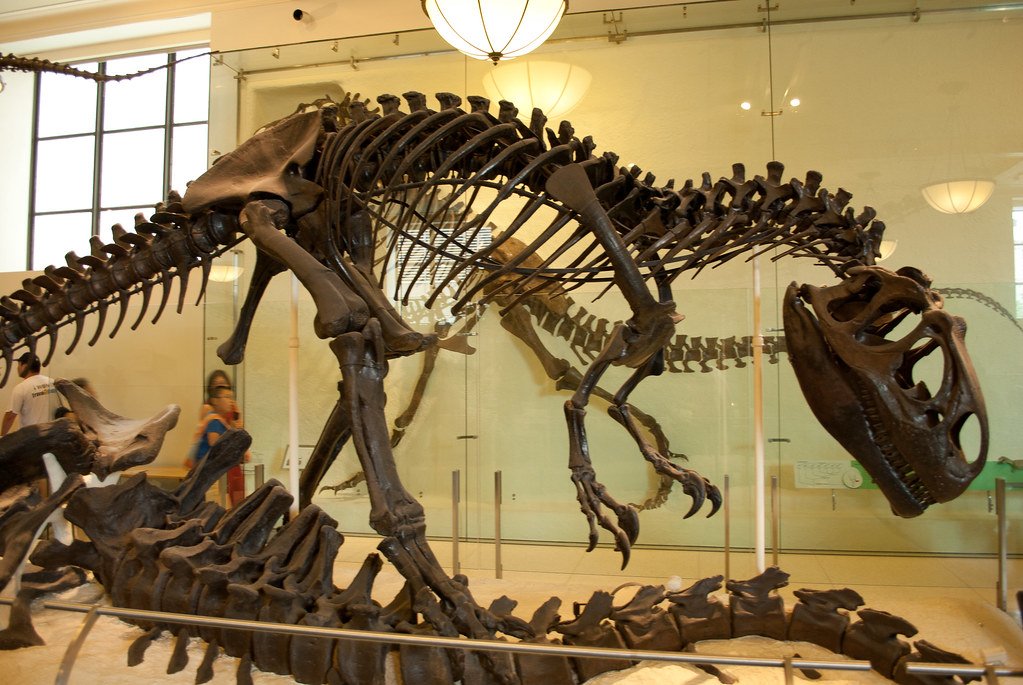
These five remarkable creatures represent just a fraction of the incredible superpowers that evolution has produced throughout Earth’s history. From electrical generators to time-slowing vision, from quantum navigation to molecular detection, the prehistoric world was filled with abilities that seem more like science fiction than biological reality. Yet these powers were real, tested by millions of years of evolution and refined through countless generations of survival.
The study of these ancient superpowers isn’t just about understanding the past—it’s about glimpsing the incredible potential of life itself. Modern biotechnology is already beginning to harness some of these abilities, from developing better sonar systems based on ancient acoustic weapons to creating new materials inspired by pressure-resistant deep-sea creatures. The fossil record serves as a library of biological innovations, each one representing a solution to survival challenges that we’re only beginning to understand.
Perhaps most remarkably, these prehistoric superpowers remind us that the natural world has always been far more extraordinary than our imagination. In a universe where evolution can create living lightning bolts, time-slowing predators, and immortal microscopic bears, what other incredible abilities might be waiting to be discovered in the depths of deep time?


